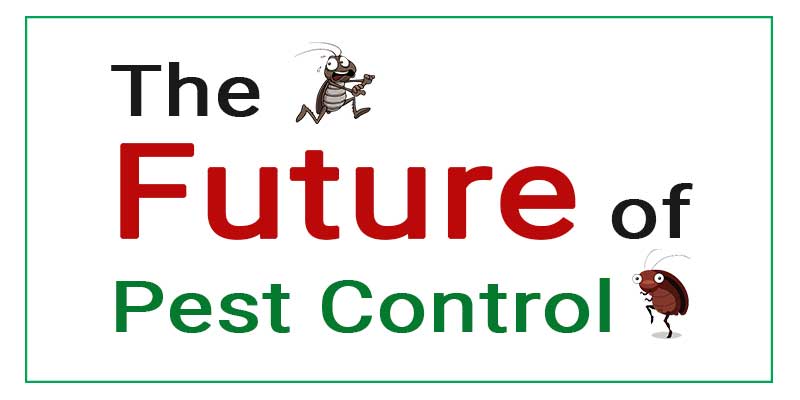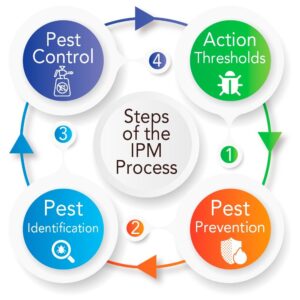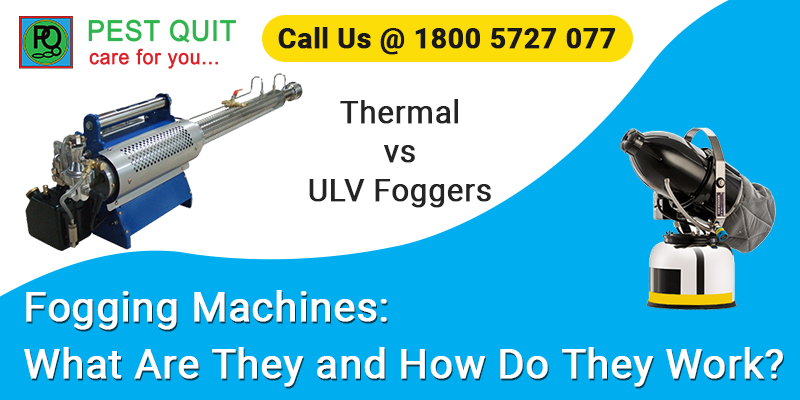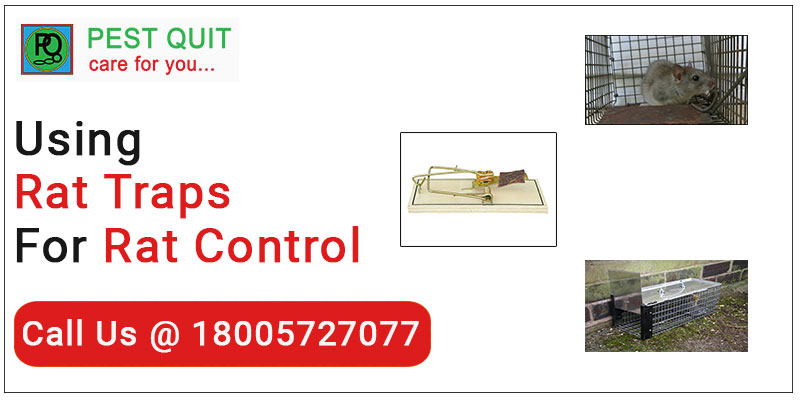The Future of Pest Control Predictions and Innovations to Watch For

The Future of Pest Control Predictions and Innovations to Watch For
Pest control has been a critical aspect of maintaining a healthy environment and protecting crops, homes, and businesses.
The pest control industry has seen significant developments and advancements over the years.
From the introduction of pesticides to the integration of smart technology, pest control companies have made progress in mitigating the negative effects of pests.
As we move into the future, several predictions and innovations are expected to shape the future of pest control.
In this article, we will discuss some of these predictions and innovations.
- Increased use of Integrated Pest Management (IPM) approach
- Development of new pesticides
- Increased use of smart technology
- Use of drones in pest control
- Use of pheromone traps
- Conclusion
1. Increased use of Integrated Pest Management (IPM) approach
Integrated Pest Management (IPM) is a holistic approach to pest control that combines different pest management techniques to prevent and control pest infestations. IPM focuses on preventing pests from accessing food, water, and shelter, which are essential for their survival. By eliminating these resources, the pests will not survive and will, therefore, be eliminated.
IPM involves identifying the pest species, understanding their biology and behavior, and using the most effective and least toxic methods to manage them. These methods may include biological control, cultural control, physical control, and chemical control. IPM is considered a sustainable approach to pest control since it minimizes the use of pesticides, which can be harmful to the environment and human health.

As consumers become more environmentally conscious, there is a growing demand for sustainable pest control methods. The use of IPM is expected to increase in the future as pest control companies focus on providing sustainable solutions to their clients.
2. Development of new pesticides
Pesticides have been a critical tool in pest control for many years. However, the overuse of pesticides has led to the development of resistance in some pest species. This has led to the need for the development of new pesticides that are more effective and target specific pest species.
In recent years, there has been an increased focus on developing biopesticides, which are derived from natural sources such as plants, bacteria, and fungi. Biopesticides are considered safe and environmentally friendly since they have minimal impact on non-target organisms and the environment.
Additionally, the development of new pesticides is expected to focus on reducing the toxicity of existing pesticides, making them safer for use. The use of nanotechnology in pesticide development is also being explored to improve the effectiveness and efficiency of pesticides.
3. Increased use of smart technology
Smart technology is transforming many industries, including pest control. Smart technology involves the integration of sensors, cameras, and other devices to monitor and control pests. Smart technology can be used in both residential and commercial settings to detect and prevent pest infestations.
One example of smart technology in pest control is the use of bait stations that are equipped with sensors. These sensors can detect when the bait has been consumed and alert the pest control company, allowing them to take appropriate action.
Smart technology can also be used to monitor the conditions that attract pests, such as temperature and humidity. This information can be used to predict and prevent pest infestations before they occur.
4. Use of drones in pest control
Drones are becoming increasingly popular in various industries, including pest control. Drones can be used to monitor and inspect large areas quickly and efficiently, making them ideal for pest control in agriculture and other outdoor settings.
Drones equipped with cameras and sensors can detect pest infestations, allowing pest control companies to take appropriate action. Drones can also be used to spray pesticides over large areas, reducing the time and cost of pest control operations.
5. Use of pheromone traps
Pheromone traps are becoming increasingly popular in pest control, particularly in agriculture. Pheromones are chemicals that insects produce to communicate with each other. Pheromone traps use synthetic versions of these chemicals to lure insects to a trap, where they are captured.
6. Conclusion
With the ever-increasing demand for sustainable solutions, pest control companies must adapt and innovate to meet these evolving needs.
The future of pest control looks promising, with a focus on reducing the environmental impact of pest management while ensuring effective results.
Professional pest control is the only choice for serious pest problems. Experts at Pest Quit will help you determine the best plan of action for safely eliminating the pests.
Looking for Effective Pest Control Services in your city?
Then you are in the right place.



Importance of Cockroach Control
Importance of Cockroach Control: Why DIY Methods Fall Short? Cockroaches are one of the most…

Rat Pest Control In India
The Best Service Provider For Rat Pest Control In India We Pest Quit are a…
